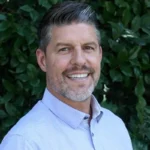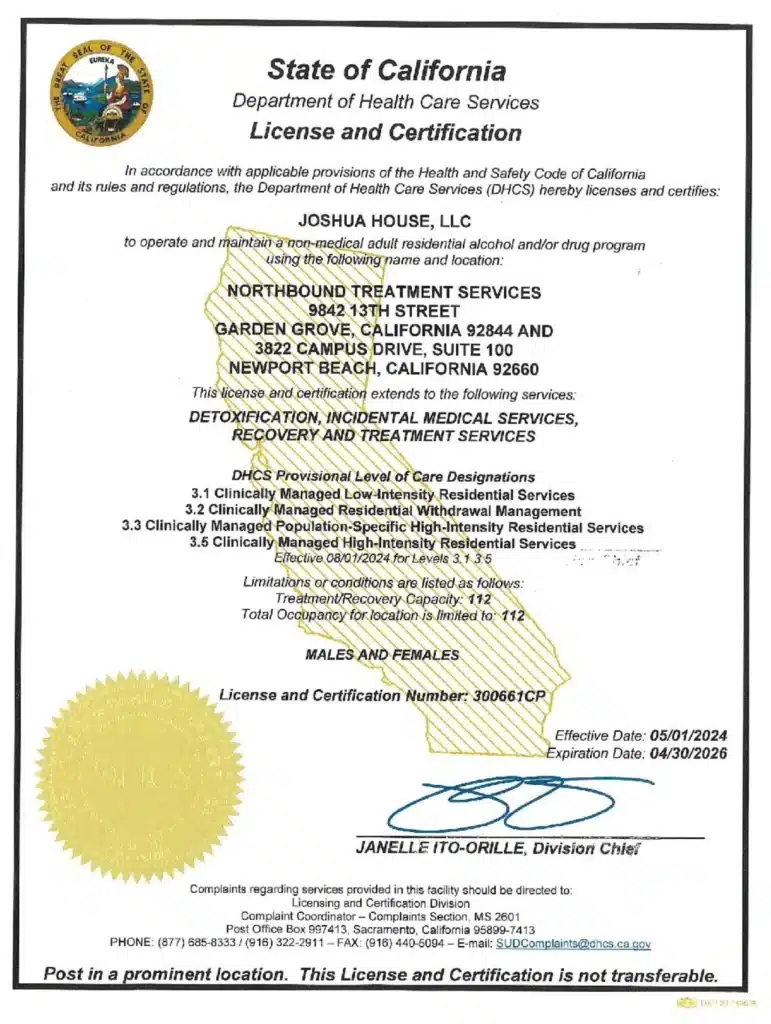When a family watches a loved one spiral further into self-destructive addiction, it can be a very painful experience. Not knowing what is best can be nerve-racking. Sometimes the situation has moved to the point that the best thing is to organize an intervention.
While some may think it sounds like an ambush, it’s actually a loving, structured, last-resort effort to break through denial and encourage detox and residential substance abuse treatment.
In this article, I explain what an intervention is, what’s involved, and critical signs when a family should consider taking this difficult but life-saving step.
What Is An Intervention? Beyond the TV Stereotype
Families or friends should consider an intervention when their loved one is refusing to acknowledge addiction or is unwilling to seek help despite the obvious negative impacts on themselves and others.
An intervention is best done with a professional interventionist experienced in helping motivate someone to take the important step of seeking treatment for substance abuse. Usually, they are a trained therapist or interventionist with knowledge of the cycle of addictions and the psychology of substance abuse [1].
As a carefully planned process, it has nothing to do with a spontaneous emotional argument. It is about education and showing love.
When to Consider an Intervention: Recognizing the Red Flags
Interventions may be needed for those who misuse alcohol, street drugs, prescription medications, or are engaging in other compulsive behaviors such as gambling or overeating.
Families or friends should consider staging an intervention if all other efforts have failed and the situation is escalating. Some of the signs include:
The Person Is In Denial: Due to the person’s defensive attitude or refusal to consider treatment, discussions so far have not been effective. Despite obvious evidence and previous conversations, the individual refuses to accept how severe their problem is.
Harm Is Evident: Their behavior may seriously affect the person’s health, work, relationships, or finances. It has become a risk to themselves or others with such behaviors as overdoses, violent outbursts, child neglect, or severe financial challenges.
Declining Health and Well-being: Physical decline, mental health crises, or complete neglect of personal hygiene and responsibilities are all signs that help is urgently needed.
Broken Relationships and Trust: Their actions have systematically damaged their most important relationships, leading to isolation.
The Family or Friends Are Stuck Enabling: Making excuses, paying bills, and cleaning up legal messes just continue to spiral out of control. These patterns unintentionally support the addiction out of fear that the alternative is worse, e.g., rocking the boat or having an intense emotional reaction from the person. They can no longer manage the situation without help.
Main Components of an Intervention
Interventions usually are comprised of the following [2]:
- A Pre-Planned Meeting: This is arranged at a time and place, known to all involved except the person. The location should be neutral, but one the person is comfortable with. A plan should be developed that everyone agrees with.
- A Professional Interventionist: Trained interventionists guide the process, manage emotions, ensure safety, and that all participants are heard.
- A Loving Team: Invite only a small group of people who have influence and care, and are deeply trusted, close family, friends, and sometimes coworkers.
- A Clear Goal: The goal is to offer hope and solutions, not blame. The primary objective is to present the consequences of a person’s addiction, highlight the impact on the individual and their relationships, and present a clear treatment plan to get help. Secondarily, it is to persuade the individual to accept immediate help and enter a pre-arranged treatment program at the end of the session.
The Structure of Hope
A typical intervention meeting consists of the following [3]:
Expressing Love and Concern: Each participant shares specific, non-judgmental memories and feelings about the person. Blaming has no place in an intervention.
Presenting the Evidence: Using “I” statements, each person cites observed behaviors and the negative consequences that the addiction has on them personally. Examples include:
- “I felt scared when I saw you nodding off at the dinner table.”
- “Your absence at the children’s school play hurt them.”
- “When you got that DUI, I was really worried you would permanently lose your license.”
- “Your boss called me to say she was concerned you had been absent a lot lately and missing deadlines.”
The Treatment Offer: Presenting a clear, concrete, and pre-arranged plan for treatment, e.g., “We have a bed reserved for you at a good treatment center starting today. We’ll drive you there”.
The Consequences: If the person refuses the offer of help, each participant explains what they will do. Rather than punishment, this is about no longer enabling the behavior by communicating this with clear boundaries and consequences.
Examples include:
- “If you don’t go for treatment, I can’t provide further financial support.”
- “You will not be able to live in my home.”
- “It’s not safe for you to be around the children until you deal with this right away.”
Don’t Go It Alone: The Importance of Professional Guidance
While well-intentioned, a do-it-yourself intervention can backfire, usually due to the high emotions involved, strengthening the individual’s denial and resentment.
A professional interventionist has these characteristics:
- Objectivity: They are not emotionally involved and can keep the meeting on track.
- Experience: They know how to de-escalate anger, deflection, and manipulation.
- Logistics: They help arrange treatment options in advance and manage the practicalities.
- Family Support: They advise the family on setting boundaries and maintaining consequences.
An Act of Love and Support, Not Judgment
A professional consultation is a first step toward not only saving your loved one but also reclaiming your family’s health and peace. Although difficult, and requiring courage, it can be the pivotal moment that leads from despair to recovery.
Seeking Help and the Path to Recovery at Northbound
At Northbound, we have extensive experience helping patients overcome their substance abuse addictions, and with a Christian faith-based track for those wishing to participate. We can also help with interventions.
We offer a wide range of evidence-based therapies, counseling, and trauma-informed support to assist you in your healing. We personalize each treatment plan around the needs of our patients.
The first steps are detoxification and stabilization, under 24-hour medical supervision in our Withdrawal Management center for whatever time you may require.
Our inpatient residential program offers 24/7 live-in treatment for substance abuse. Our outpatient treatment provides a flexible step-down from our residential program, allowing you to live at home and participate for several hours a day.
For more than 30 years, Northbound Treatment Services in California has been at the forefront of providing lifesaving, compassionate residential care and specialized services to help people from all walks of life feel better, discover themselves, and live free from addiction.
We have facilities located throughout California to help guide you on your recovery journey. Reach out to our admissions team now.
Sources
[1] Cenikor Foundation. Interventions: What They Are and How They Work. Cenikorr.org.
[2] Mayo Clinic. 2023. Intervention: Help a loved one overcome addiction.
[3] American Addiction Centers. 2024. How to Stage an Alcohol or Drug Abuse Intervention.
Author
-

President, CEO & Founder at Northbound Treatment Network
Paul Alexander is the CEO, President & Founder of Northbound Treatment Network in Newport Beach, California. He believes wholeheartedly in transformational leadership, organizational health and effective, fully integrated substance use disorder and mental health treatment. With over 27 years of experience in behavioral healthcare, Paul has extensive knowledge of “in vivo” treatment modalities, clinical development, operations, strategy, marketing and financial planning. He has been widely recognized for his development of collegiate-based residential treatment programs for students in recovery and authored a research study at The University of California confirming this modality’s effectiveness.
Paul’s comprehensive professional experience, willingness to innovate, and emphasis on organizational health are vital factors in Northbound’s continued success. Paul received his Certified Addiction Treatment Specialist training at Saddleback College in Mission Viejo, CA, and was awarded Outstanding Alumni Service Award in 2002. Paul holds a Bachelor of Arts degree in Criminology, Law and Society, Summa Cum Laude, from University of California, Irvine, and a Juris Doctorate degree from Loyola Law School of Los Angeles. Paul currently serves on The National Association of Addiction Treatment Providers (NAATP) board. In addition, he serves on The Family Recovery Foundation board and The CarePossible board in Orange County; both organizations are committed to raising funds for family recovery and treatment for former military personnel. Paul is in recovery himself and lives in Orange County with his wife Silvana and his two young sons, Noah and Dean.








